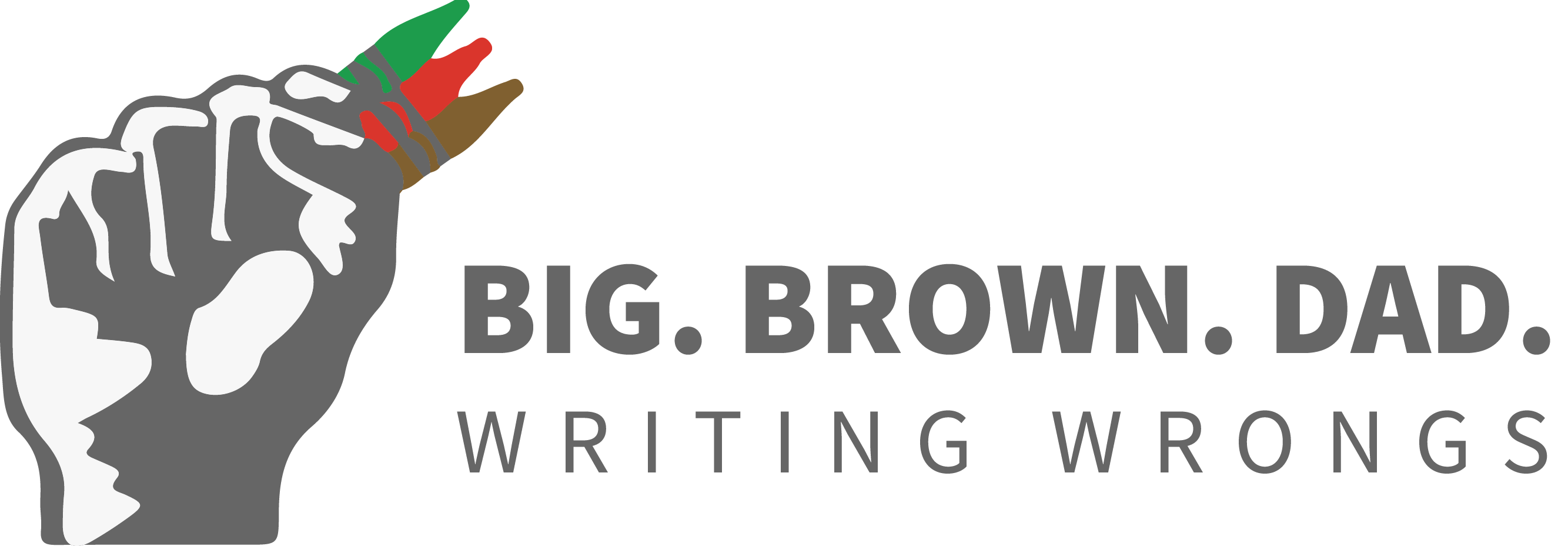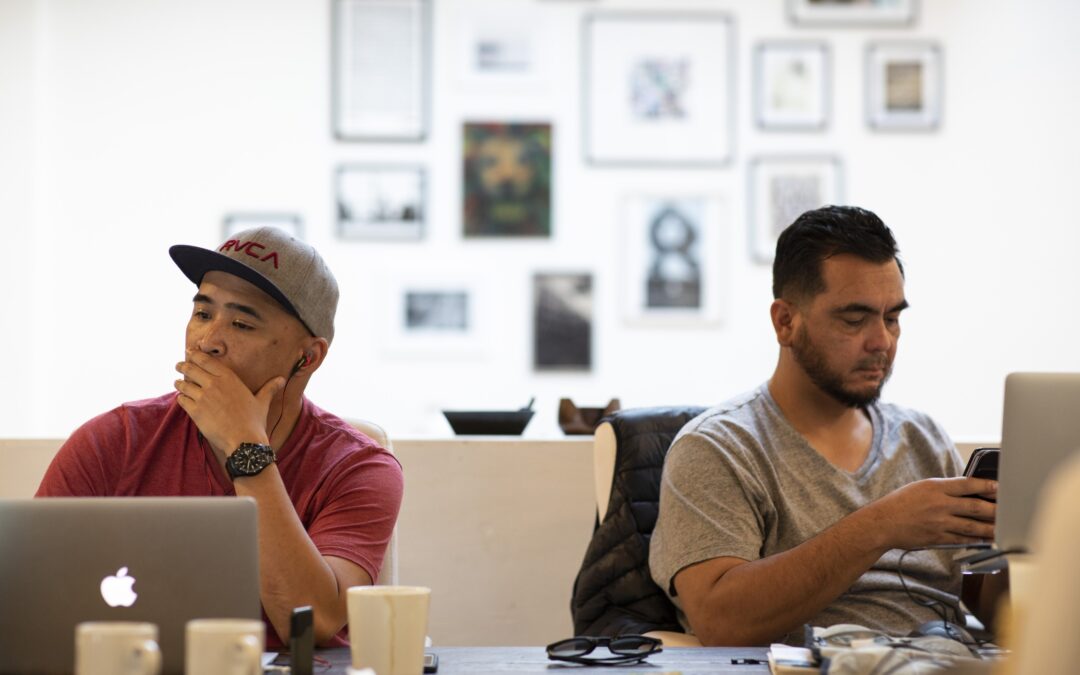Ping Pong is bomb.
It reduces some of the excesses we find in other competitive pursuits to two people, two paddles, a table, net and ball. The game is played by an estimated 300 million people worldwide, including a dozen or so savage colleagues at our full service creative agency in downtown Los Angeles, Quantasy and Associates.

I’m not the best in the office but I play with panache and that’s worth style points, if nothing else. I also play with a pair of $150 Nike trainers I bought for the expressed purpose of leveling up my game–so, make that two style points.

Recently, while having a seat after a devastating loss to a lower ranked player (yes, we have office rankings), I was struck by the parallels between ping pong and the creative process. In particular, there’s crossover value in analyzing the triumvirate that is the volley, rally and slam.
In today’s post, we explore the volley.
VOLLEY
Our games at Q+A start with a volley–a warm up exercise that allows both players to find a rhythm, establish a vibe and get a preview of the other player’s skill level. It’s a low pressure, pre-game activity that operates outside of the game rules. Ultimately, though, the volley ramps up and the result determines advantage.
With ping pong, you volley in order to find a rhythm for the patter. You want to get in sync. You want your body and mind working together. And if there’s good music playing overhead (which is always the case at Q+A), you want to match the energy.
Volleying also commands you to check the vibe. Is your partner passive or aggressive? Competitive or hyper-competitive? Sad, happy, hungry or mad? You can tell by the way they volley.
Volleying also provides a preview into your partner’s skill level. How do they hold their paddle? Where do they like to stand? And most importantly, will my trash talk work?
As a writer and producer of reality TV and branded social campaigns, I’ve learned the best collaborative creative projects begin with a volley of ideas. “Starting” is often the first hump to hump. During impromptu brainstorm and story sessions, I’ll sometimes take the lead by offering an idea that isn’t intended to “score” as much as its intended to generate an interplay of ideas–a rhythm, if you will.
The early interplay, unbounded by ‘rules,’ can help provide creative latitude, thereby establishing the vibe for the remainder of the project. It also provides a window into your collaborators’ points of view, their processes and proclivities. Indeed, some creative partners hold their respective ‘paddles’ differently. Some prefer rapid exchanges, others something more tempered and still others, a mix.
What do you think? Is ping pong like the creative process or am I putting 10 on 2? Leave a comment below.

